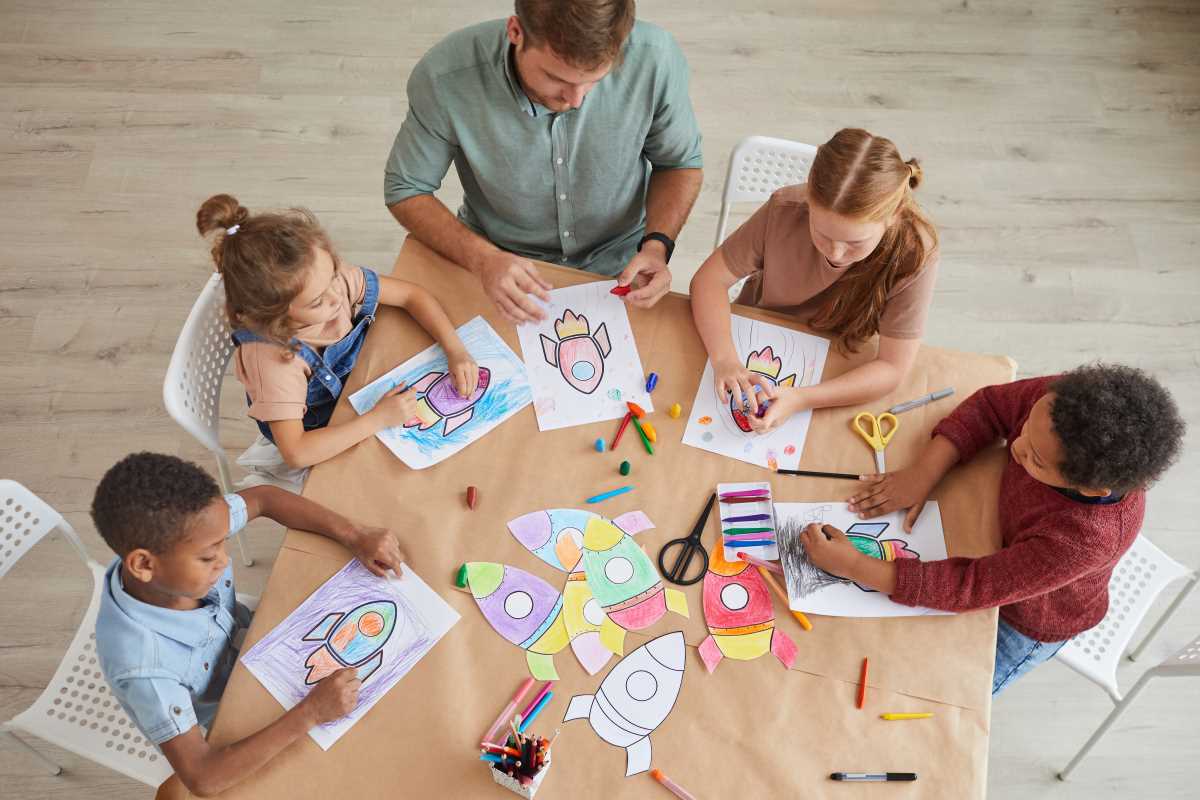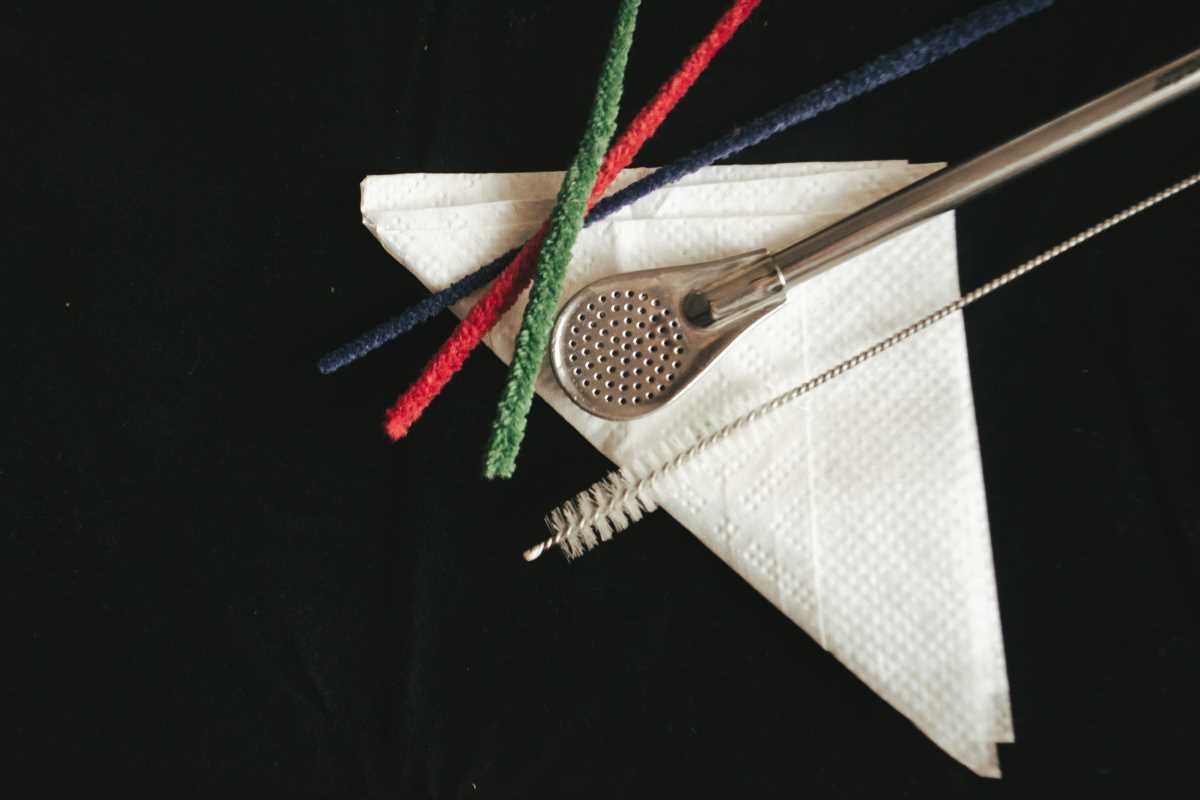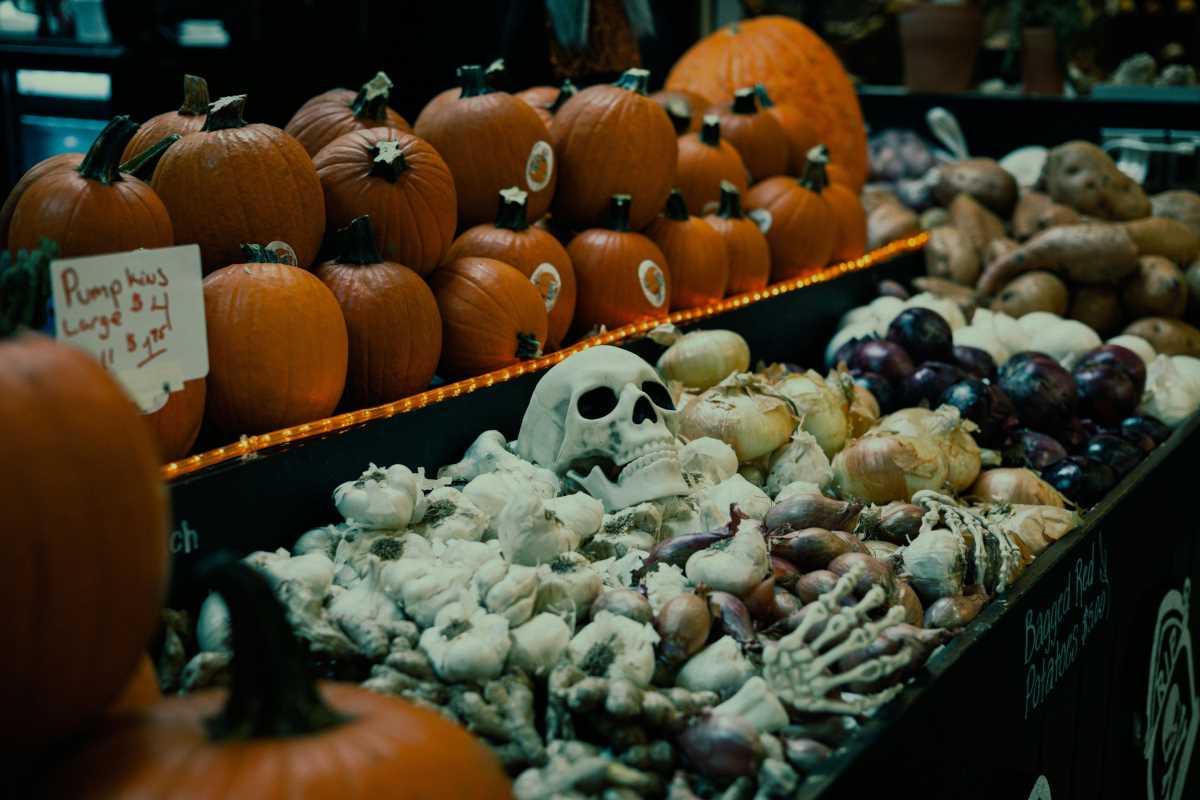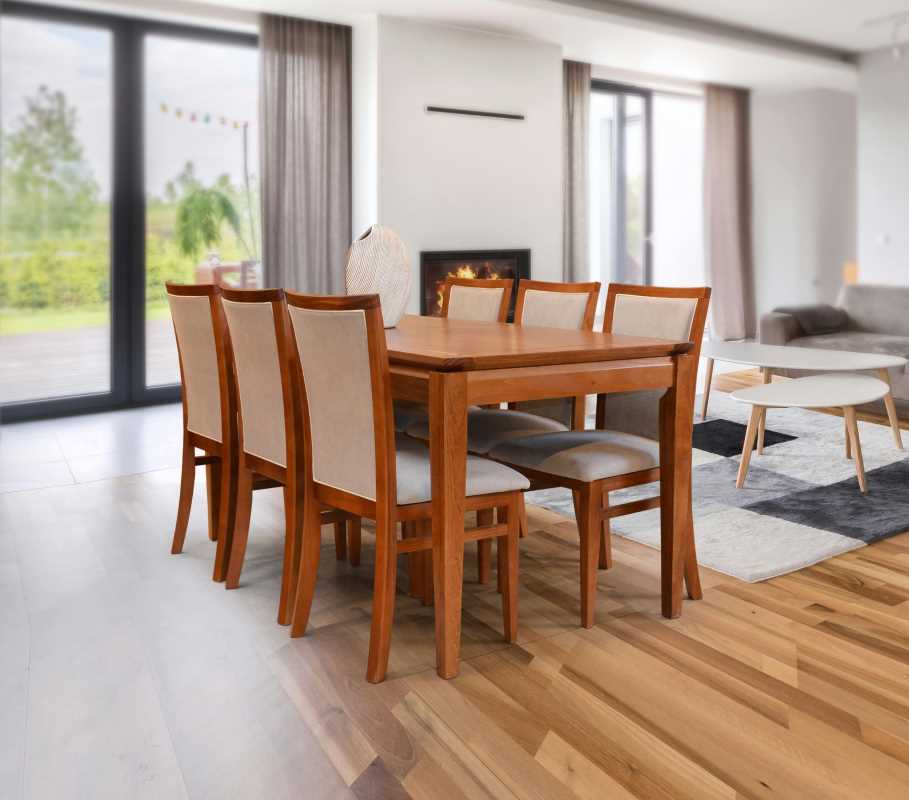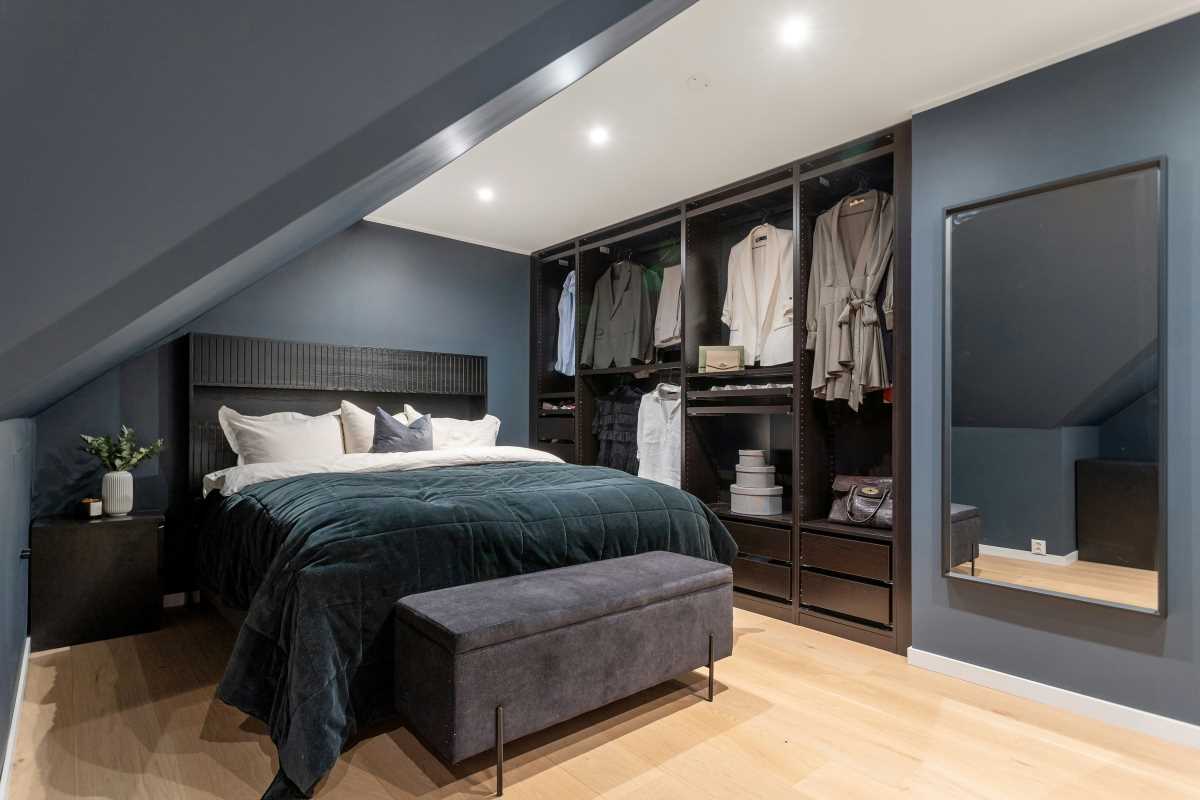There is a universal truth acknowledged by every parent: a quiet toddler is a suspicious toddler. More often than not, that silence is the sound of a masterpiece being created with a permanent marker on a freshly painted wall. Encouraging creativity in kids is a beautiful, noble goal, but it often comes with a side of utter chaos and property damage. The dream is to have a home filled with art and imagination; the reality is often scrubbing crayon off the dining room table for the third time this week while contemplating the life choices that led you here.
But fostering a creative environment for your family doesn’t have to mean surrendering your home to an endless mess. It’s about being strategic. The secret lies in choosing the right supplies and setting up a dedicated space where creativity is encouraged, but also contained. It’s about finding that magical balance between artistic freedom and parental sanity. By curating a collection of kid-safe, parent-approved materials and designing a functional art station, you can channel that creative energy into something wonderful, and keep it off your beige sofa.
Prioritize Non-Toxic and Washable Wonders
Before you even think about what colors to buy, your first and most important mission is to become a savvy materials detective. The number one rule of family art supplies is safety. Little kids have a delightful, if terrifying, habit of putting things in their mouths. When shopping, your new mantra should be "non-toxic." Look for the AP (Approved Product) seal from the Art and Creative Materials Institute (ACMI) on any product you buy. This certification means the product has been reviewed by a toxicologist and deemed safe for its intended use, even if that use sometimes involves a brief taste test.
Your second-most-important word is "washable." This single word on a package is a beacon of hope for parents everywhere. Washable markers, washable crayons, washable paint, these are not just products; they are miracles of modern science designed to preserve your walls, your furniture, and your will to live. While nothing is ever truly 100% foolproof against a determined three-year-old, choosing washable options dramatically increases your odds of winning the battle against stubborn stains. It’s the difference between a five-minute cleanup with a damp cloth and a weekend spent repainting the hallway.
Think Beyond Paper and Crayons
A classic box of crayons and a stack of paper is a great start, but to truly spark imagination, you need to offer a variety of textures and materials. Kids learn and create through sensory exploration, so providing a mix of supplies can open up a world of possibilities. Think in terms of texture, dimension, and things they can build with. This doesn’t have to be expensive; some of the best art supplies aren't found in a craft store at all. A well-stocked "junk" box can be a treasure trove of creative potential.
Start collecting interesting recyclables like cardboard tubes, egg cartons, plastic bottle caps, and old fabric scraps. Add in natural elements like pinecones, leaves, and smooth stones from the backyard. Supplement these with a few craft store staples like pom-poms, pipe cleaners, googly eyes, and craft sticks. The goal is to provide a rich palette of materials that encourages kids to think in three dimensions. This variety challenges them to solve problems, how do you attach a pom-pom to a toilet paper roll?, and moves their creative thinking beyond just drawing on a flat surface.
Create a Designated and Accessible Art Zone
One of the best ways to encourage creativity (and contain the mess) is to establish a designated art station. This doesn’t have to be an entire room; it can be a small corner of the kitchen, a nook in the playroom, or even just a rolling cart. The key is to create a space that is clearly defined as the "creation zone." This helps kids understand where it’s okay to get a little messy and makes cleanup infinitely easier because everything is contained in one area. An old, beat-up table or a desk covered with a cheap, vinyl tablecloth is perfect for this.
Making the supplies accessible is crucial. Kids are far more likely to engage in creative play if they don’t have to ask for permission to get every single crayon. Use clear jars, open bins, and low shelves to store materials where they can see them and reach them on their own. This sense of ownership and independence is empowering. When they have an idea, they can immediately act on it. A simple rolling utility cart is a fantastic solution for small spaces. You can load it up with organized supplies and roll it out for art time, then tuck it away in a closet when it's not in use.
Invest in Tools That Grow with Them
When stocking your art station, it's wise to invest in a few high-quality, open-ended tools that will last for years and adapt to your child's developing skills. While character-themed art kits are fun, they are often filled with low-quality materials that run out or break quickly. A few solid, versatile tools will serve you much better in the long run. These are the workhorses of your creative station, ready for any project your child can dream up.
Choosing the right long-lasting tools can make a huge difference in the quality of the creative experience. Frustration with poor materials can stifle creativity, while good tools can empower it.
- Good Scissors: Start with safety scissors for toddlers, but as they grow, invest in a quality pair of kid-sized blunt-tip scissors that actually cut paper cleanly.
- A Solid Set of Brushes: A starter set of paint brushes with various tip sizes will last for years. Teach kids how to wash and care for them properly after using them with washable tempera or watercolor paints.
- Quality Paper: Have a mix of paper on hand. In addition to cheap copy paper for scribbling, include some thicker cardstock for painting and construction paper for cutting and gluing. A large roll of butcher paper is fantastic for large-scale projects on the floor or taped to a wall.
- Versatile Adhesives: A supply of glue sticks is essential for little hands. As they get older, introduce school glue and maybe even a low-temp hot glue gun (with strict supervision) for building 3D projects.
- Modeling Clay: A set of non-drying modeling clay or a bulk tub of air-dry clay is endlessly reusable and fantastic for developing fine motor skills and sculptural thinking.
Embrace the Beauty of an Art Display
The creative process doesn't end when the art is finished. The final, and arguably most important, step is to celebrate and display your child’s creations. This shows them that you value their work and their imagination, which is a powerful motivator to keep creating. A home filled with a child’s artwork is a home filled with personality and love. But this doesn’t have to mean every square inch of your refrigerator is covered in a chaotic collage of paper.
Create a dedicated and stylish "gallery" space for displaying art. A simple corkboard in the kitchen or playroom works beautifully. Another great option is to hang a string or a wire with clothespins, which makes it incredibly easy to rotate the artwork regularly. You can also buy gallery-style frames that are designed to open from the front, allowing you to easily swap out the latest masterpiece while storing previous ones behind it. By creating an intentional display, you elevate your child's art and integrate it beautifully into your home's décor. It’s the perfect finishing touch for a truly creative family home.
